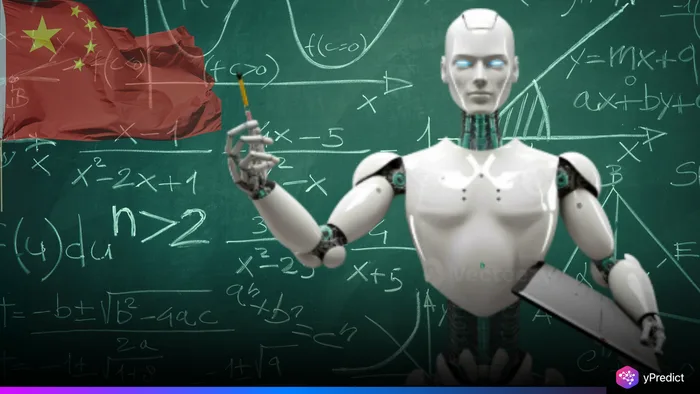
China is rapidly changing education with AI teachers completing 80% of the actions in many classrooms. AI systems are increasingly becoming the keystone of education in a growing number of schools across China, from checking homework and customizing lesson plans. The only real question is when will artificial intelligence (AI) change our educational systems and society? This is not a future view coming, this is now, transforming how students learn and how educators teach.
AI teachers in China are no longer experimental tools in pilot programs. They are fully integrated into the school day, supporting millions of students and helping educators manage time-consuming tasks. While traditional teachers still play a guiding role, AI is doing most of the heavy lifting. The goal is clear, boost learning outcomes, reduce teacher burnout and scale high-quality education.
AI Takes Over Routine Yet Critical Classroom Duties
The major advantage of the AI teacher is their ability to automate all of the mundane, daily tasks. These systems have the capacity to grade student work, give instantaneous feedback, and highlight students who need additional support. The teacher, meanwhile, will be able to spend less time grading papers or designing individualized content – AI systems are able to complete the same tasks in a matter of minutes, and give the teacher the time to be face-to-face mentoring student, or creatively designing the content.
For instance, in math courses, AI can modify difficulty for each students level. In language courses, AI systems supply individualized grammar related exercises. This emergence of intelligent automation is allowing schools to manage populations of students in a more successful manner. As AI systems develop, there will be pressure across the global education system to increase student enrollment with the assurance of maintaining good experiences in respect to teaching and learning.
Personalized Learning Now Happens at Scale
AI educators are providing personalized learning opportunities for all students. The students received recommendations above what they should be working on based on their performance data, preferred learning pace, and interests. Unlike human teachers, AI approaches don’t wait for the student to fail before providing a recommendation for learning. AI educators provide recommendations early and use interests as the guide for how to build forward.
Opportunities like this are very helpful in poorer areas where human teachers are already overwhelmed with too many students. AI can track exactly how individual children are performing in real-time and direct them to materials they should be working on at that time. In many provinces in China, education officials say AI systems are reducing drop-outs in real time and improving comprehension.
AI Doesn’t Replace Teachers, It Supports Them
Despite the automation, human teachers remain essential. AI cannot build relationships, motivate students emotionally, or manage behavioral issues. However, it does take care of the tedious tasks, freeing teachers to focus on what truly matters: mentorship, creativity, and connection.
Schools that use AI teachers report lower teacher stress levels and more engaged students. Teachers become strategists and supporters, while AI handles the execution. The partnership is working, schools using AI tools show higher test scores and faster learning cycles.
China’s Education Technology Model Is Spreading
China’s education technology model is influencing other places. Countries in Southeast Asia and Africa are studying how China uses AI teachers to address shortages of competent teachers and ease inequities in education. Chinese edtech firms are exporting AI teaching platforms to global markets and, in some cases, offering support for language, local mapping to fit curriculums, and scalable solutions to a variety of problems.
The account of AI teachers and personalized learning could reshape education globally. The concerns of privacy and screen time continue to be valid, but the positives are clear faster grading, data-driven instruction, and improved student outcomes.






